What does “ artful” mean? Why isn’t it “micro” photography What defines “documentary” and Close Up” photography??
“Documentary” photography is literal—think newspaper. Nothing is moved, changed, or adjusted. “Fraudulent” documentary photography is when scenes of war or weddings are reenacted, re-staged the way we wish it would have gone. This comes out of the left side of your brain; it is literal, logical, all or nothing, concrete---used in litigation and textbooks. “Documentary” photography applies to flat light, straight-on photographs of flowers, insects, trees, and leaves meant to help the viewer identify the name of something, is documentary. We leaf through the pages of a guide-book looking for what we think comes closest to the leaf in our hand.
Art, artful photography, comes from our right brain, from our imagination, our place inside of creativity, playfulness—what if I tried it this way, or from over there? Think of the impressionist painters, Monet, or the freedom Rembrandt took to direct the viewer’s attention to the most important people in his painting by using a golden light on the faces or their hands, making all else darker. The left brain, only goes so far, and then we cross a line where we take our hands off the handlebars, and wonder, what if I …
Artful photography can convey mystery, be compelling, stop us in our tracks, touch a memory that changed the direction of our life, conveys a sense of presence we can’t explain—it just is, in that place, in that creative way we formed a photograph. What emotions, memories, longings come to mind in your own art? Sometime, lay out a series of photographs and ask yourself, what might these photographs be saying to me about me? If they are a mirror of me when I created them, what are they saying?
“Close up” photography can be obtained with a normal lens focused as close as it will go—maybe 2 feet, or 9 feet as with a telephoto lens.
Macro photography concerns small images which are, more or less the same size as the sensor in our camera, about the size of one frame of a 35mm film. A macro lens makes big, what is quite small. It requires several more glass elements than a “normal” lens, to do this. Macro work is with objects that are visible to the eye, without additional help, but too small for a normal lens to photograph close up. The extra glass elements is why macro lenses cost several hundred dollars more than the same focal length lens. When used as a “normal” lens equivalent, they are sharper.
Micro photography concerns things that are not visible to the human eye except with a powerful instrument: a microscope, an electron microscope.
If you sit with someone and start imaging how you might arrange the room behind them or what pose is natural to them for a photograph, you are a photographer. If you want to work at seeing and observing nature or people as if setting up the conditions for a compelling or a natural photographing, your striving makes you a photographer.
Photographers see simplicity in the complicated; patterns in what to others is chaos, can set up their equipment to photograph a bee landing on flowers on a bush, and then wait for the bees to come, rather than chasing after a bee from bush to bush.
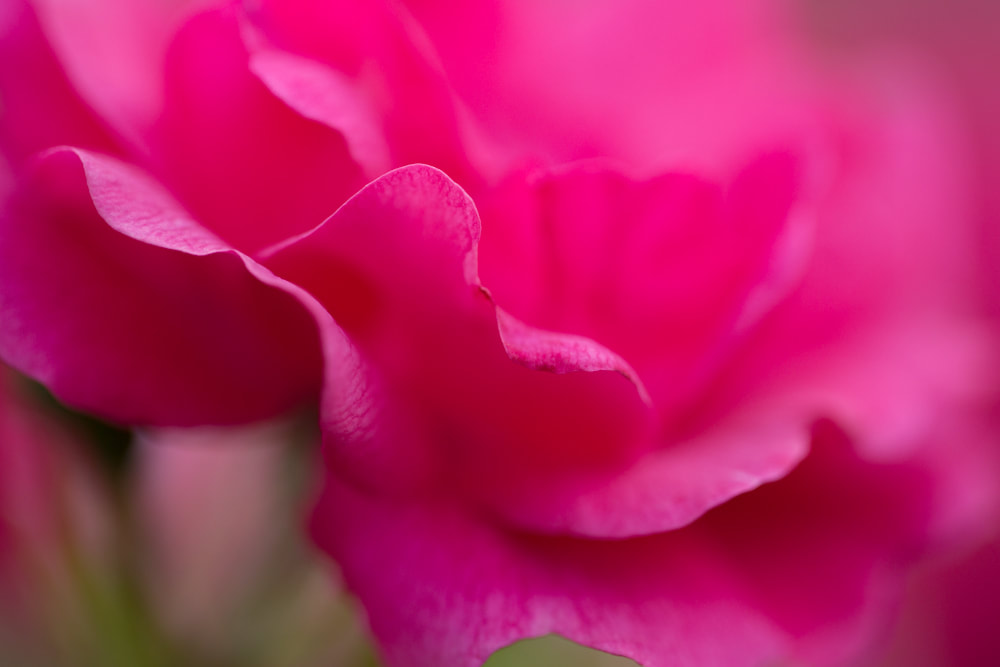
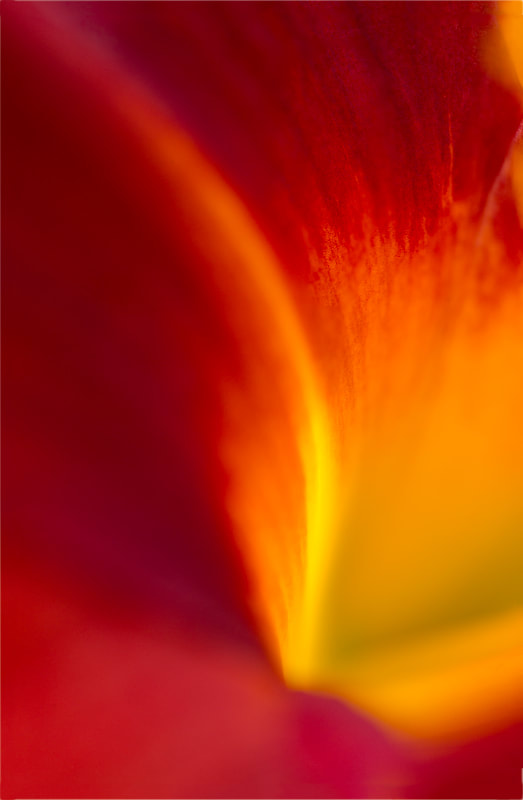
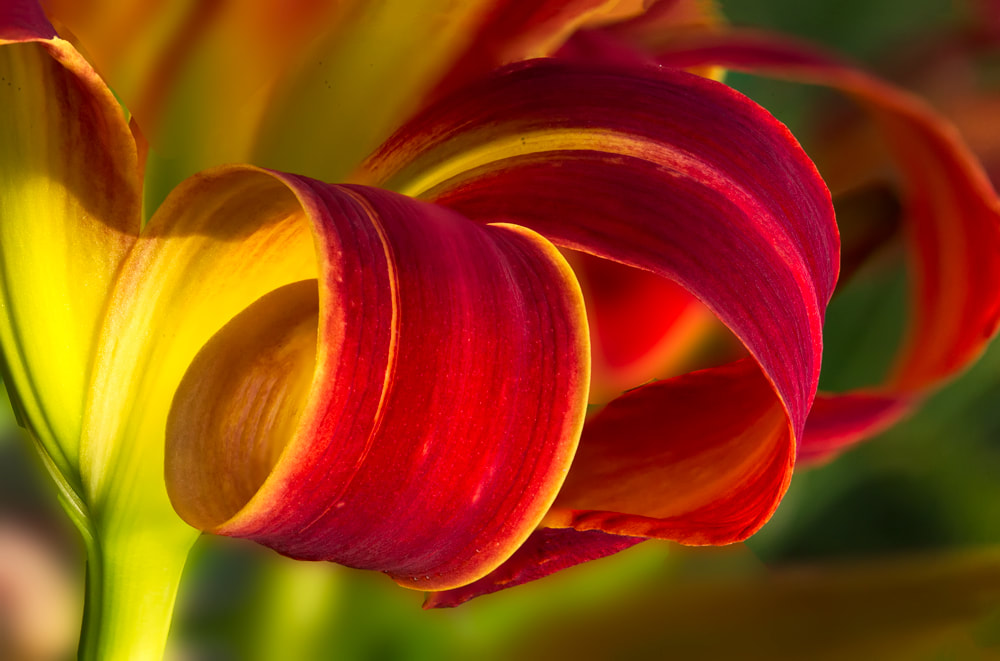
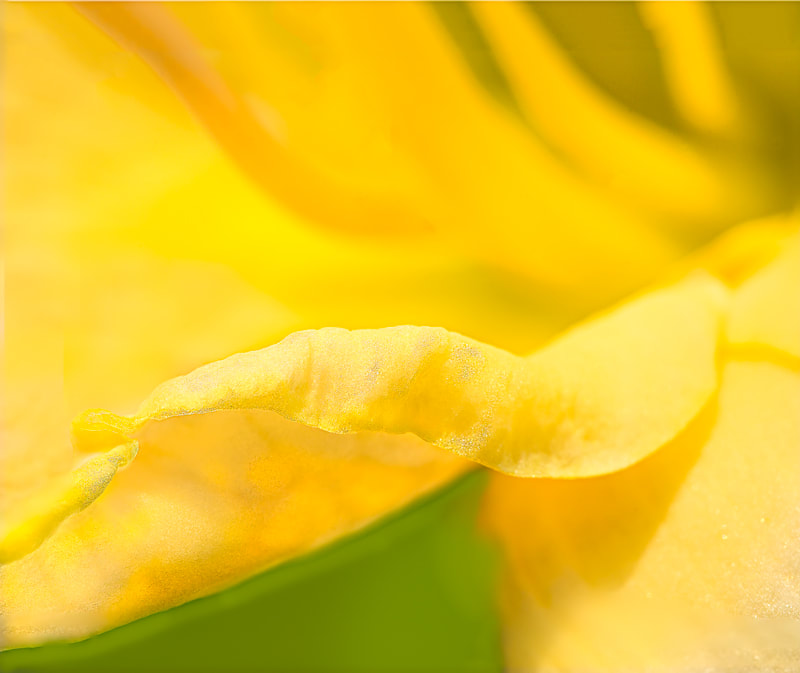
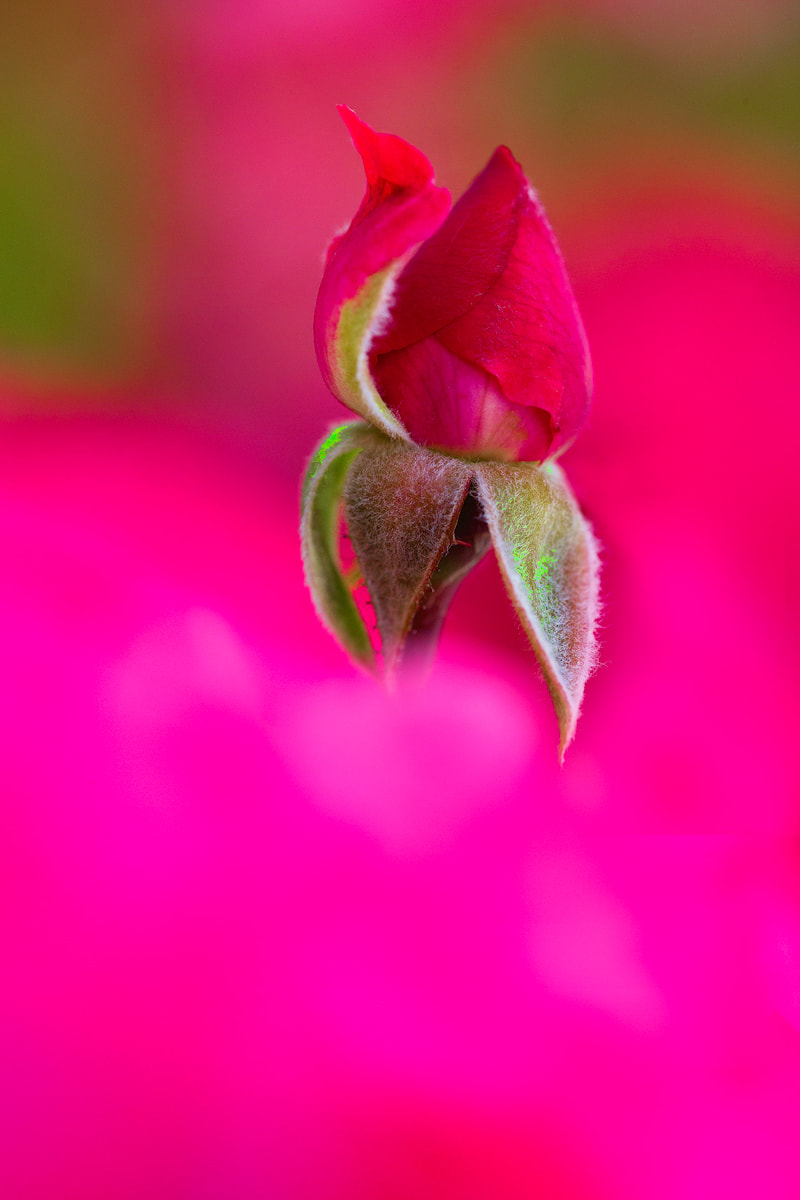
 RSS Feed
RSS Feed